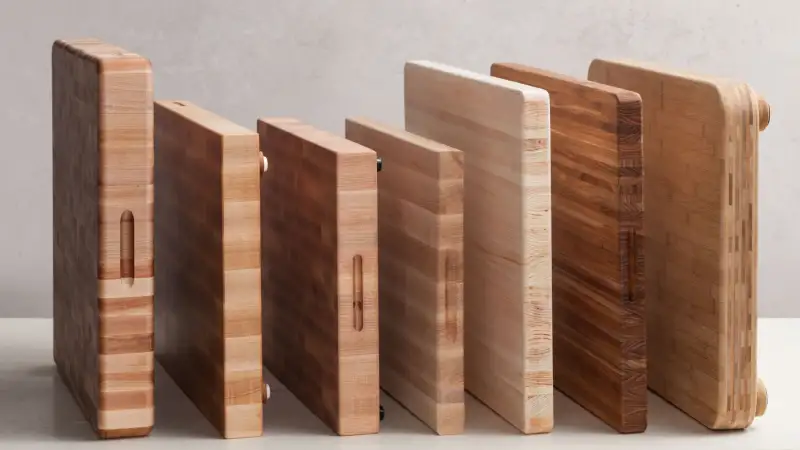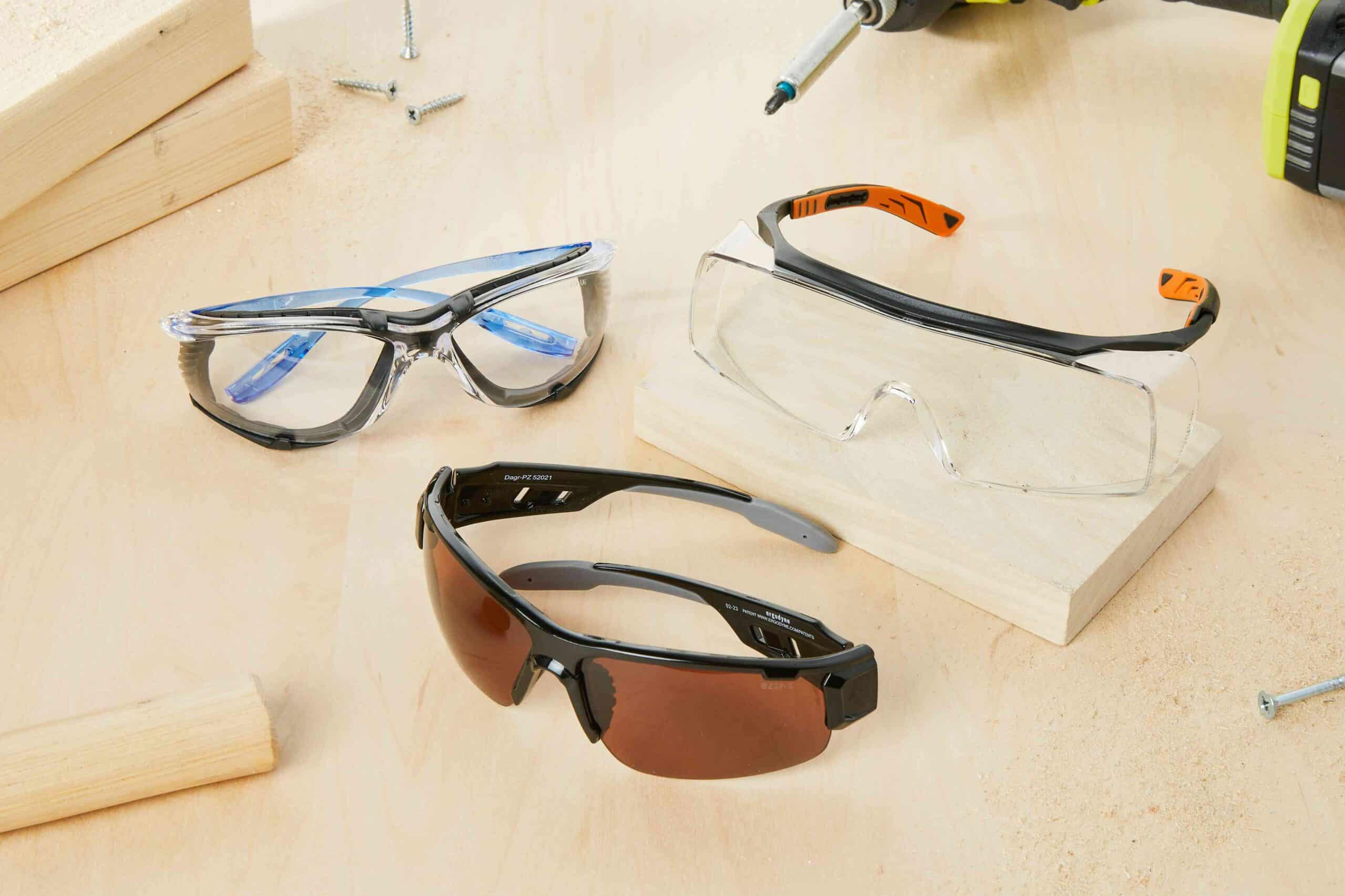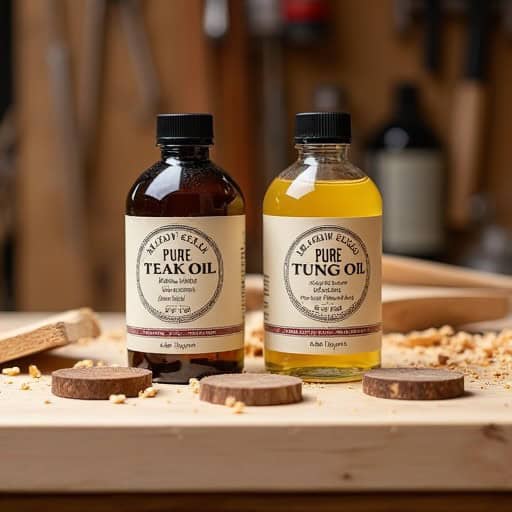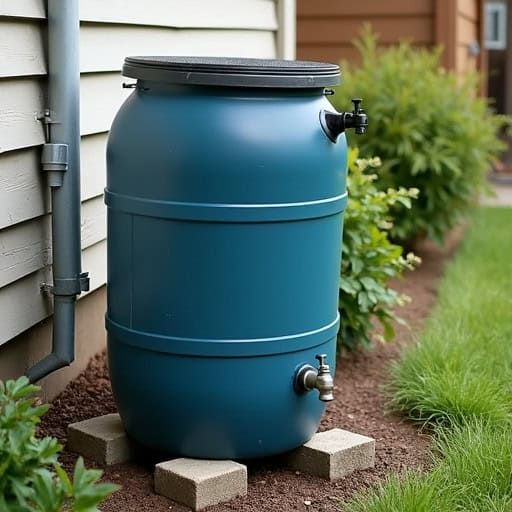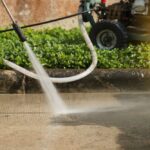Choosing the right wood for a cutting board is an art and science. It’s about finding the perfect balance between durability, aesthetics, and food safety. In this comprehensive guide, we’ll dive into the world of cutting board materials, exploring both domestic and exotic woods, as well as the different grain orientations that can influence your choice.
Introduction: Why Wood Choice Matters
When it comes to cutting boards, wood stands out as a premium choice for several reasons. It’s gentle on knives, naturally antibacterial, and visually appealing. But not all woods are created equal. The hardness, grain orientation, and toxicity of the wood can significantly impact its suitability for your kitchen. This guide will help you navigate these choices, ensuring you pick the best material for your culinary needs.
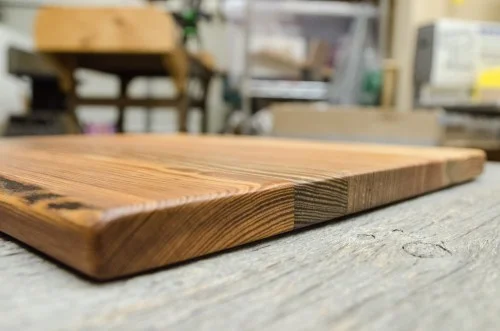
Hardwood vs. Softwood: What’s Best?
Hardwoods are typically favored for cutting boards due to their density and durability. They resist knife marks and wear better than softwoods. However, not all hardwoods are suitable. For example, Poplar is a hardwood but is often too soft for heavy-duty use.
Softwoods, like certain species of Pine, are generally not recommended for cutting boards. They’re more prone to denting and can harbor bacteria in the grooves left by knife cuts. However, old-growth Pine or heart Pine can be exceptions, as they’re denser than typical softwoods.
Key Differences Between Hardwoods and Softwoods
| Criteria | Hardwoods | Softwoods |
|---|---|---|
| Density | High | Low |
| Durability | Resistant to wear and tear | Prone to scratches and dents |
| Porosity | Generally less porous | More porous |
| Common Uses | Cutting boards, furniture | Construction, paper products |
Domestic Woods for Cutting Boards
Domestic woods are popular for cutting boards due to their availability and proven performance. Let’s explore some of the best options.
Maple
Maple is often considered the gold standard for cutting boards. With its tight grain and hardness, it’s perfect for resisting cuts and moisture. Hard Maple (Acer saccharum) is especially favored.
Pros:
- Durable and dense
- Closed grain, which resists bacteria
- Easy to find and relatively affordable
Cons:
- Can be prone to staining
Walnut
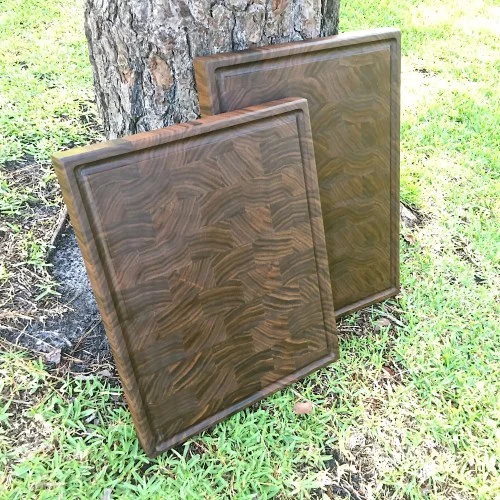
Walnut offers a beautiful, rich brown hue that adds elegance to any kitchen. It’s a bit softer than Maple but still provides a durable surface.
Pros:
- Stunning dark color
- Dense and durable
- Less prone to showing knife marks
Cons:
- Can be expensive
- May cause mild allergies in some people
Cherry
Cherry wood brings a warm, reddish tone and smooth grain. It’s slightly softer than Maple and Walnut but offers excellent workability.
Pros:
- Beautiful, rich color that deepens with age
- Smooth grain
- Good balance of hardness and flexibility
Cons:
- Can darken with prolonged exposure to light
- Slightly softer, may show more knife marks
Also read: Rotary Drill vs. Hammer Drill
Exotic Woods for Cutting Boards
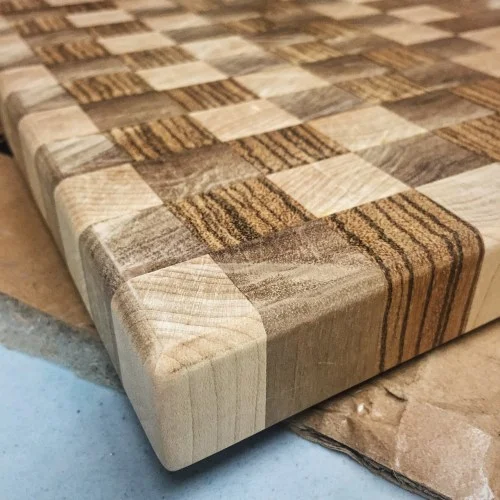
Exotic woods can add a unique flair to your cutting board. However, they can come with considerations around availability, cost, and potential allergies.
Mahogany
Mahogany is a classic choice known for its deep, reddish-brown color and excellent durability. It’s a hardwood that balances beauty and functionality.
Pros:
- Rich color and beautiful grain
- Durable and resistant to moisture
- Easy to work with
Cons:
- Can be expensive
- Sourcing can sometimes raise ethical concerns
Purpleheart
Purpleheart stands out with its vibrant purple color, which can be a striking choice for a cutting board. It’s a dense, durable wood but can be challenging to work with.
Pros:
- Unique and eye-catching color
- Very hard and durable
Cons:
- Can be difficult to work with due to density
- Color may fade over time with exposure to light
Zebrawood
Zebrawood offers a dramatic striped appearance, making it a favorite for decorative pieces. It’s a dense hardwood, suitable for cutting boards with a strong visual impact.
Pros:
- Striking, unique appearance
- Durable and dense
Cons:
- Can be expensive
- May cause allergic reactions in some individuals
Grain Orientation: End Grain, Edge Grain, Face Grain
The orientation of the grain in a cutting board can affect its durability, aesthetics, and how it treats your knives.
End Grain
End grain boards are made by arranging blocks of wood with the grain facing up. This orientation is gentle on knives and offers excellent durability.
Pros:
- Self-healing properties; knife marks close up
- Very gentle on knives
- Long-lasting and durable
Cons:
- Can be more expensive
- Requires more maintenance
Edge Grain
Edge grain boards feature long strips of wood with the grain running along the length. They are a balance between durability and cost.
Pros:
- More affordable than end grain
- Durable and functional
- Often easier to maintain
Cons:
- Can show knife marks more easily
- Less forgiving on knife edges
Face Grain
Face grain boards display the wide face of the wood plank. These boards are often more decorative and used for serving rather than cutting.
Pros:
- Beautiful grain patterns
- Ideal for serving and presentation
Cons:
- Prone to knife marks
- Less durable for heavy cutting tasks
Health Considerations and Safety
When choosing wood for a cutting board, consider potential allergens and irritants. For instance, Walnut and Padauk can cause allergic reactions in some people. Always ensure the wood is properly finished and maintained to prevent bacterial growth.
Safety Tips:
- Use a food-safe finish, like mineral oil
- Avoid using woods known for high allergenic properties
- Regularly clean and maintain the board to prevent contamination
Maintenance Tips for Wood Cutting Boards
Proper maintenance extends the life of your cutting board and keeps it safe for food preparation.
1. Cleaning: Hand wash with mild soap and water. Avoid soaking. 2. Drying: Always dry immediately with a clean towel to prevent warping. 3. Oiling: Apply food-grade mineral oil regularly to keep the wood hydrated and prevent cracking. 4. Sanitizing: Occasionally sanitize with a mixture of vinegar and water or a mild bleach solution.

